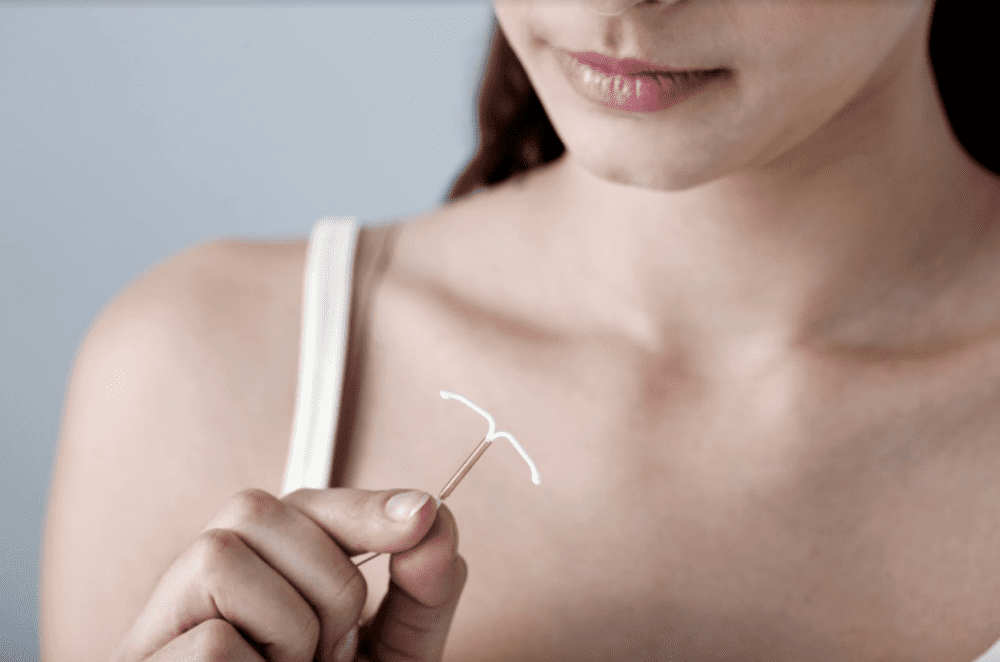Now Reading: What is Nexplanon? A Complete Guide
-
01
What is Nexplanon? A Complete Guide

What is Nexplanon? A Complete Guide
Nexplanon is one of the methods used to avoid pregnancy and prevents a woman from getting pregnant. It is a small plastic tube, in fact, it is quite narrow and bendable, and it is inserted beneath the surface of the skin on one’s upper arm. This implant releases a hormone known as etonogestrel which works by inhibiting ovulation or in other words, the release of an egg from the ovary and it also makes the mucus in the cervix thick so that sperm cannot reach the egg.
Nexplanon Side Effects
Even though Nexplanon is safe for use, it has various side effects that might be associated with it. Here are some common ones:
- Bleeding Changes:
Some of the SCC users, report side effects with their menstrual bleeding pattern where their periods may be irregular or they may bleed for a longer time than normal.
- Mood Changes:
It is believed that some people may even develop mood swings, depression and anxiety.
- Weight Gain:
It is claimed that some users will take more calories which will lead to weight gain.
- Headaches:
Another is that, the usage of the drug causes headaches at times.
Serious Side Effects
Though rare, there are some serious side effects to be aware of:
Blood Clots: however, there is a small chance of developing a blood clot.
Hormonal Imbalance: Others may be faced with hormonal imbalances that will lead to other relapses of different illnesses.
Who Should Not Use Nexplanon?
However, Nexplanon is not recommended to everyone. Here are some groups that should avoid it:
Pregnant Women: If you are pregnant now or are planning to get pregnant soon, you should not go for Nexplanon.
Breastfeeding Women: It is not advisable for breast-feeding mothers.
Women with Certain Medical Conditions: Nexplanon should not be taken by women who suffer from liver disorders, breast cancer or those with a history of blood clotting.
Removing Nexplanon
Nexplanon can be removed at any time if you decide you want to get pregnant or if you experience severe side effects. Here’s how it works:
Consult Your Doctor: Discuss your decision with your healthcare provider.
Removal Procedure: The doctor will remove the implant from your arm using a local anesthetic to numb the area.
User Experiences with Nexplanon
- Positive Experiences
Many users have positive experiences with Nexplanon:
Effective Birth Control: Users appreciate its high effectiveness in preventing pregnancy.
Convenience: The long-lasting nature of Nexplanon makes it a convenient option.
- Negative Experiences
Some users experience side effects that make them unhappy with Nexplanon:
Bleeding Issues: Prolonged or irregular bleeding is a common complaint.
Mood Changes: Some users experience significant mood changes, such as anxiety or depression.
Nexplanon Usage
Insertion Process
- Consultation and Preparation:
Consult your healthcare provider to ensure Nexplanon is right for you.
Take a pregnancy test to confirm you are not pregnant.
- Insertion Procedure:
The procedure takes about 10 minutes in a doctor’s office.
A numbing medicine is used to minimize discomfort.
The implant is inserted under the skin of your upper, non-dominant arm.
- Aftercare:
Keep the area clean and dry.
Use over-the-counter pain relievers for any discomfort.
- Timing of Insertion
Ideal Time: Insert between Day 1 and Day 5 of your menstrual cycle.
Backup Contraception: Use additional contraception for 7 days if inserted after Day 5.
- Effectiveness and Duration
Effectiveness: Over 99% effective in preventing pregnancy.
Duration: Effective for up to 3 years.
- Removal and Replacement
Removal Procedure: Similar to insertion, with a small incision to remove the implant.
Replacement: This can be done immediately after removal if desired.
What to Expect After Insertion
Menstrual Changes: Irregular bleeding, especially in the first few months.
Common Side Effects: Changes in menstrual bleeding, mood changes, weight gain, headaches.
Serious Side Effects: Rarely, blood clots or severe allergic reactions.
User Card and Tracking
User Card: Receive a card with the insertion date and removal date to keep track.
Final Words
By following these steps, you can ensure the safe and effective use of Nexplanon. Always consult your healthcare provider with any questions or concerns.




















